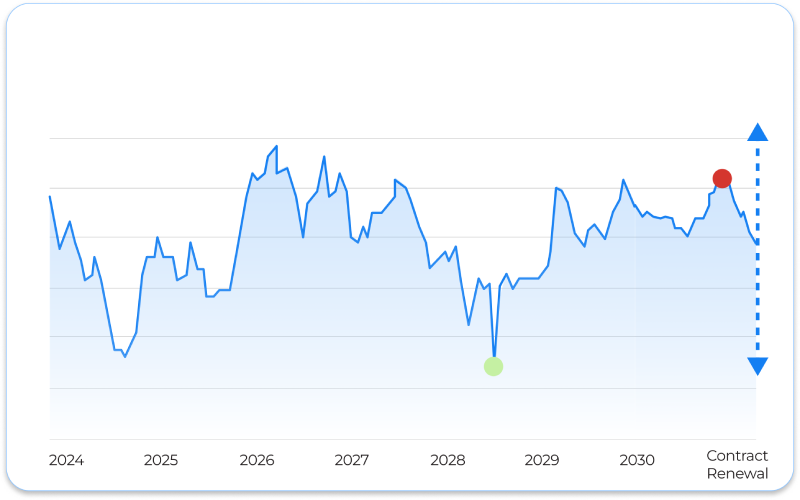Why Predictive Maintenance Is the Factory Floor’s Secret Weapon
In modern manufacturing, every second counts. Unplanned downtime can cost thousands of dollars per minute — not just in lost production, but in wasted energy, missed deadlines and strained supply chains. That’s why forward-thinking manufacturers are turning to predictive maintenance, a data-driven approach that uses sensors and AI to detect problems before they cause breakdowns.
From Reactive to Predictive: A Smarter Approach
For decades, factories relied on two basic approaches:
- Reactive maintenance — fix it when it breaks.
- Preventive maintenance — replace parts on a schedule, whether they need it or not.
Both are costly. Reactive strategies risk long outages, while preventive ones waste time and resources. Predictive maintenance replaces guesswork with intelligence.
By analyzing real-time data from machines — vibration, temperature, current draw, pressure and even acoustic signals — predictive systems identify early signs of wear or failure. AI models then forecast when a component will fail, allowing repairs to happen before disruption occurs.
The Power of the Internet of Things (IoT) and AI
IoT sensors are now affordable and adaptable enough to monitor nearly every asset on the floor. They transmit continuous data to analytics platforms that flag problems invisible to the human eye. When combined with machine learning, these systems evolve over time.
For example, an unexpected temperature spike on a motor might signal bearing failure weeks in advance. By addressing it early, operators avoid emergency shutdowns, minimize spare-parts inventory and extend equipment life.
According to Deloitte, predictive maintenance can reduce breakdowns by up to 70% and cut maintenance costs by 25% — while increasing production uptime by as much as 20%.
Turning Data into Action
Implementing predictive maintenance requires three key steps:
- Instrument critical assets with IoT sensors that monitor performance in real time.
- Integrate data streams into a centralized analytics platform.
- Act on insights — schedule maintenance, adjust loads, and recalibrate systems based on predictive alerts.
Bottom Line
In an era defined by supply-chain pressure and tight margins, downtime is no longer an acceptable variable. Predictive maintenance turns maintenance from a cost center into a profit lever — keeping factories operating, energy optimized and production on schedule.
Because in today’s industrial world, the best repairs are the ones you never have to make.



